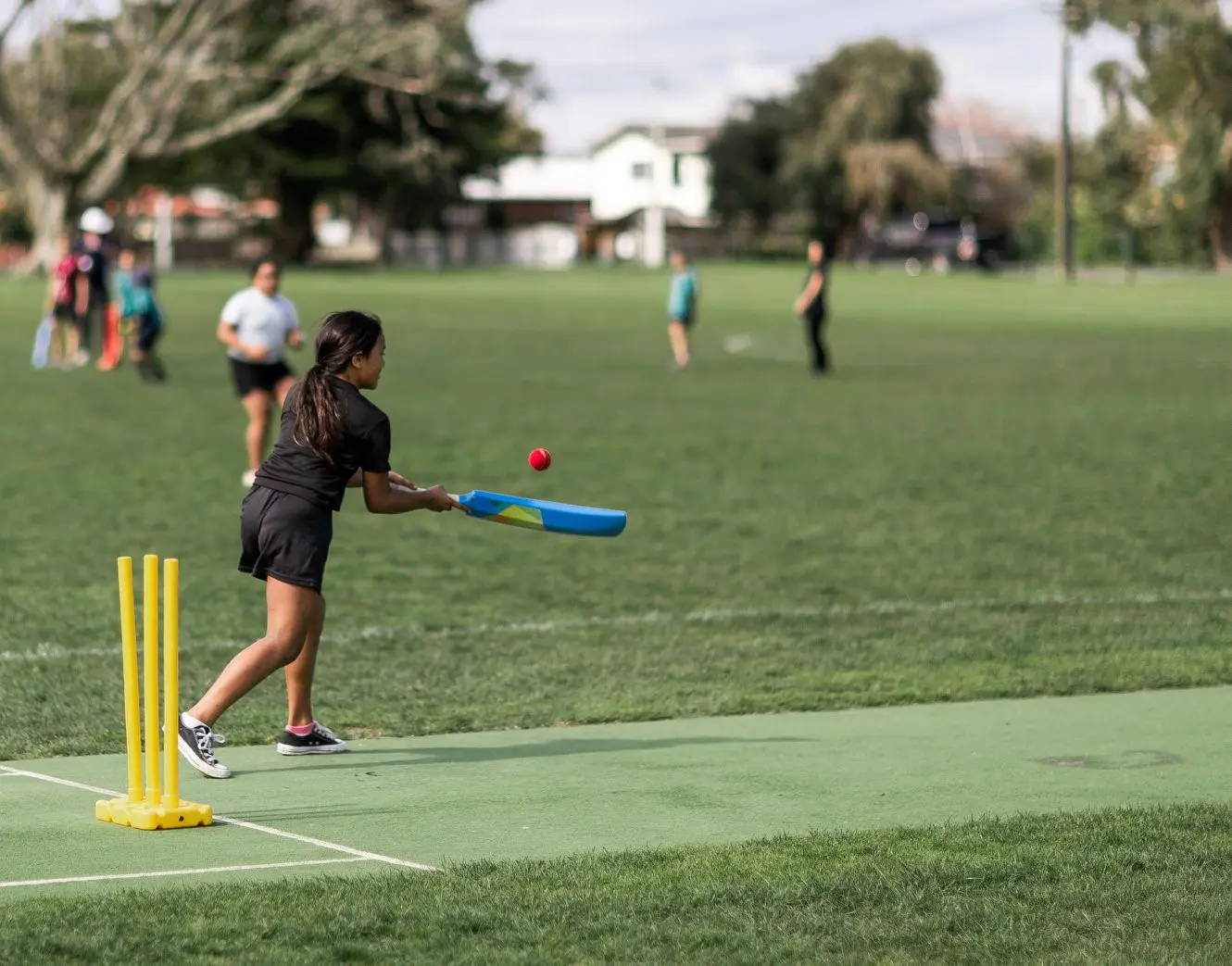
When it comes to preparing a cricket pitch, the surface underfoot can make or break the game. For schools, sports clubs, and councils, the choice often comes down to two options: a traditional natural grass wicket or a purpose-built artificial turf cricket wicket. But which one delivers better performance, longevity, and value?
At TigerTurf, we’ve installed cricket surfaces for training facilities and clubs across Australia. In this guide, we compare artificial cricket wickets with natural turf to help you choose the right surface for your players, venue, and budget.
Cricket is a game of fine margins. Bounce, spin, pace — they all depend heavily on the surface. Natural turf has long been seen as the gold standard for competition play, offering a traditional feel and responsive conditions. But with that comes a high degree of variability.
Natural Lawn Wickets:
Artificial Turf Wickets:
While natural turf is essential for professional-level matches, artificial grass for cricket pitches gives clubs and schools a more predictable surface for everyday use.
One of the most noticeable differences is how each surface is maintained. Natural wickets require regular rolling, watering, mowing, and expert curating to prepare and preserve them. Even then, their performance can vary from day to day.
Artificial cricket wickets, by contrast:
For grounds with limited time, budget, or groundskeeping staff, the maintenance advantage of synthetic turf is clear.
Cricket is a demanding sport for any surface — repeated foot traffic in the crease, ball impact, and changing seasons all take their toll. Natural turf can deteriorate quickly, especially in wet weather or with overuse.
Synthetic wickets are designed for longevity:
This makes them ideal for schools and community clubs running back-to-back sessions or year-round programmes.
Safety on the pitch is another crucial factor. Uneven bounce, divots, or slippery turf can lead to injuries — particularly for junior or amateur players still mastering their footwork.
Synthetic cricket wickets help reduce risks with:
While natural turf can also be safe when maintained perfectly, that’s not always possible — especially on a tight budget or during winter months.
In Australia’s varied climate, natural turf often struggles to keep up. It can become dry and cracked during drought or waterlogged and unusable after a downpour.
Artificial grass is far more weather-resilient:
This resilience supports more scheduled sessions, fewer cancellations, and better long-term use of space.
Initial installation costs for artificial turf are often higher than natural grass. However, it’s important to look at the full lifecycle cost.
Natural turf has lower upfront cost but:
Artificial turf may cost more to install but:
For schools and sports organisations looking to maximise return on investment, synthetic wickets often come out on top over time.
Still deciding? Here’s a quick breakdown:
Choose natural turf when:
Choose artificial turf when:
There’s no one-size-fits-all answer. Both surfaces have their strengths. But for many schools, local clubs, and councils, synthetic cricket wickets offer a practical, safe, and cost-effective alternative to natural turf.
At TigerTurf, we offer a range of specialised cricket systems built for performance, durability, and year-round usability. Whether you’re after a match wicket, practice nets, or a multi-sport training pitch, we can help you find the ideal solution.
Explore our full range of artificial grass for cricket pitches and see how we can help bring your cricket facility to life.






